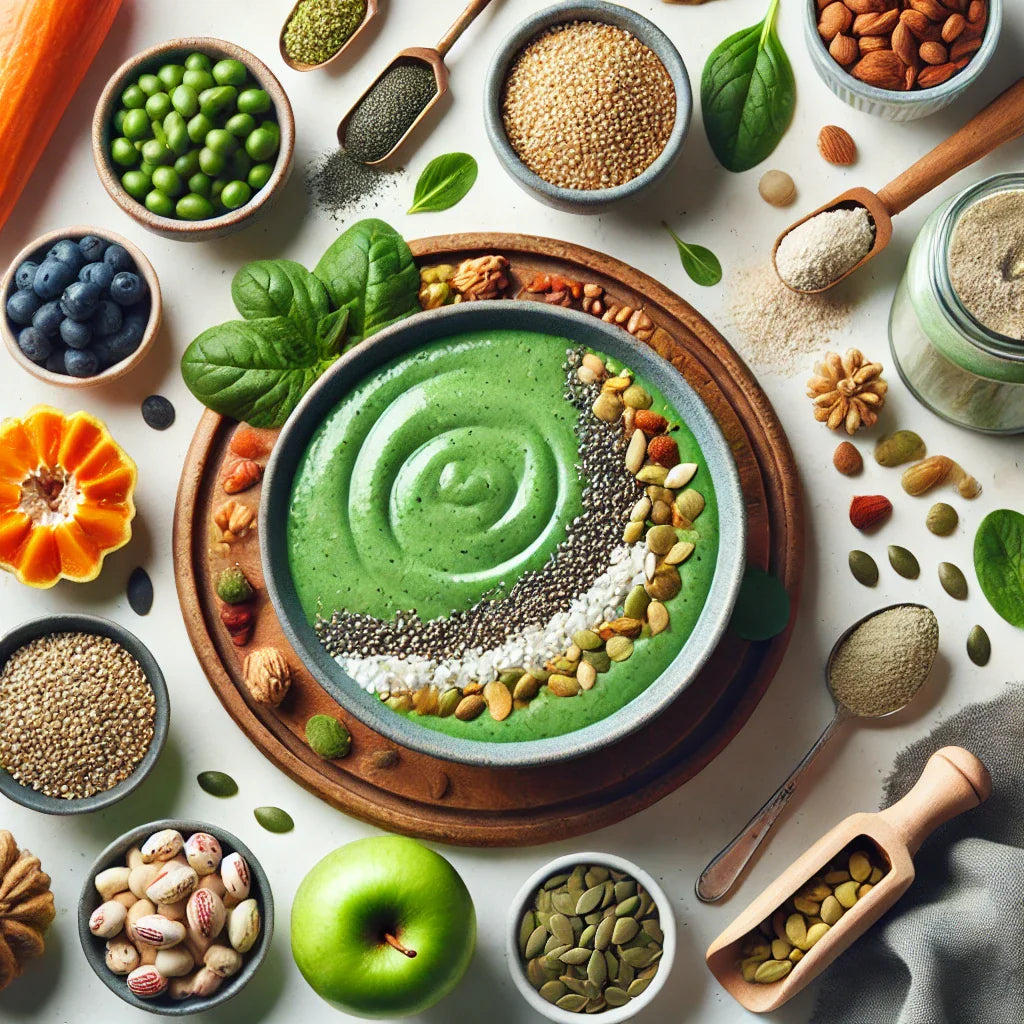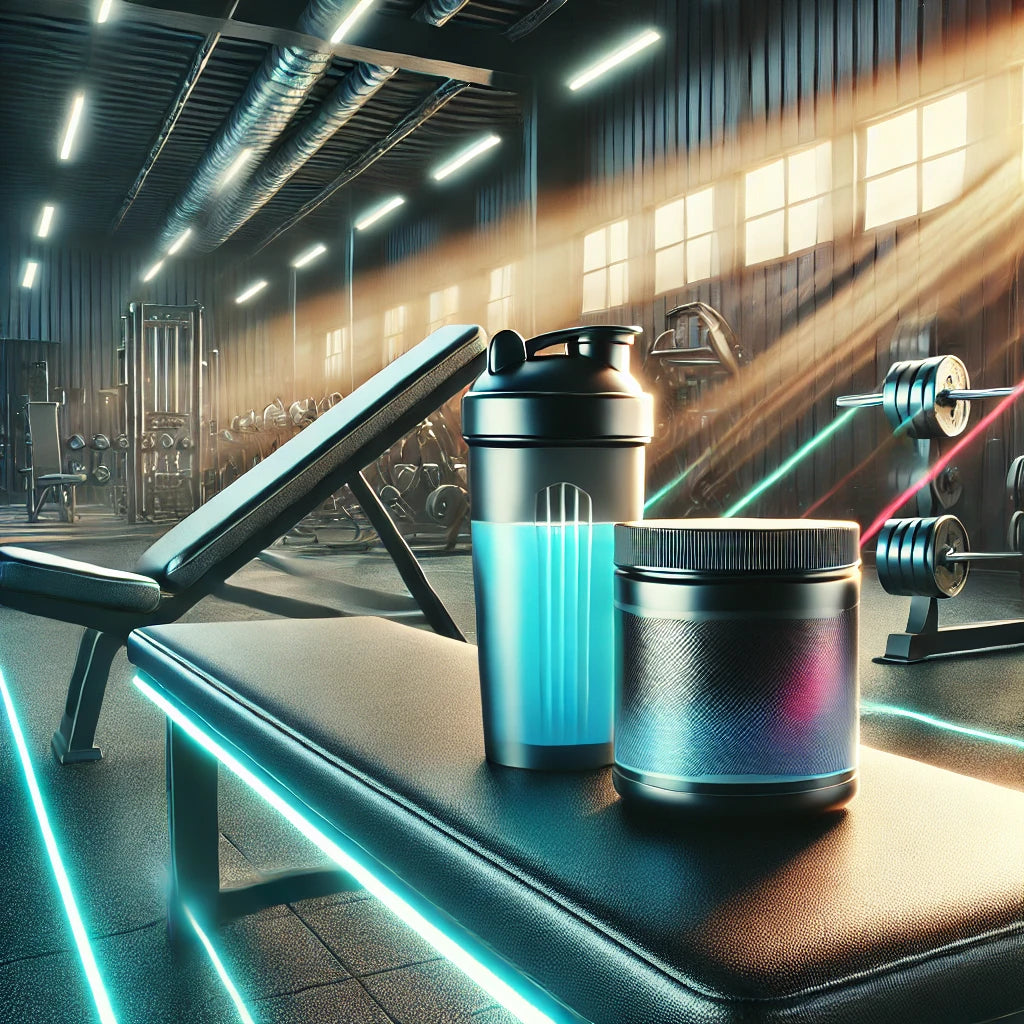
Share
How Are Protein Supplements Made? (Step-by-Step Guide)
Have you ever wondered how are protein supplements made? These products, which have become a staple for fitness enthusiasts and health-conscious individuals, undergo a fascinating and detailed manufacturing process to ensure high quality and safety. Understanding this process highlights the science and innovation behind every scoop of protein powder.
Step 1: Sourcing the Ingredients

The journey of how are protein supplements made begins with sourcing high-quality raw materials. For whey protein, manufacturers collect milk from trusted dairy farms. For plant-based proteins, ingredients like peas, soy, and hemp are harvested from sustainable sources.
Key points:
- Dairy farms supply milk for whey and casein proteins.
- Plant-based proteins come from crops like soy, pea, rice, and hemp.
- Manufacturers prioritize non-GMO and organic sources for premium products.
- Sustainable farming methods ensure eco-friendly sourcing of raw materials
Step 2: Filtration and Extraction

Once raw materials are sourced, they go through rigorous filtration and extraction processes. This step is crucial in determining the purity of the final product. Protein concentration and removal of unwanted components take center stage here.
- For Whey Protein: Milk is separated into curds and whey. The liquid whey is then filtered to remove fats and carbohydrates, leaving pure protein.
- For Plant-Based Protein: Ingredients are processed to extract protein, leaving behind fiber and starch.
Step 3: Drying and Powder Conversion

The next step in how are protein supplements made involves drying. Manufacturers use advanced drying techniques to turn liquid protein into a fine powder. This ensures a long shelf life and easy incorporation into various recipes
- Whey protein is subjected to spray-drying, ensuring a fine, consistent texture.
- Plant proteins are air-dried or freeze-dried, depending on the manufacturer’s methods.
Step 4: Blending and Flavoring

This is where creativity meets science. The protein powder is blended with other ingredients to improve taste, texture, and nutritional profile.
- Common additives: natural flavors, sweeteners, vitamins, and minerals.
- Chocolate, vanilla, and strawberry are among the most popular flavors.
- Some blends include additional nutrients like BCAAs or probiotics.
- For unflavored varieties, purity and simplicity are maintained.
Step 5: Quality Testing

Every batch of protein supplements undergoes rigorous quality control to ensure safety and effectiveness. Strict adherence to quality standards ensures the consumer receives a product free of harmful contaminants.
- Tests check for contaminants, including heavy metals and bacteria.
- Nutritional content is verified to match label claims.
- Third-party certifications ensure adherence to global standards.
- Sophisticated labs test the solubility and taste of the final product.
Step 6: Packaging and Distribution

Once the product passes quality tests, it’s packaged in airtight containers to maintain freshness and shipped to retailers or directly to consumers. Packaging is designed not just for functionality but also for aesthetics to appeal to customers.
Sustainability in Protein Supplement Production
Modern manufacturers are emphasizing sustainability. Many companies:
- Use recyclable or biodegradable packaging.
- Source ingredients from local suppliers to reduce carbon footprints.
- Invest in eco-friendly production technologies.
- Incorporate renewable energy sources in their manufacturing facilities.
Sustainability initiatives ensure that the process of how are protein supplements made aligns with global environmental goals.
Innovations in Protein Supplement Manufacturing
The industry continues to evolve with new innovations that improve both quality and efficiency:
- Plant-Based Blends: Combining multiple plant proteins to create complete amino acid profiles.
- Cold-Processing Techniques: Retaining nutrients through minimal heat exposure.
- Probiotic-Infused Proteins: Enhancing gut health alongside protein intake.
- Smart Packaging: Using QR codes for transparency on sourcing and manufacturing processes.
FAQs
Q: What makes a high-quality protein supplement? A: High-quality supplements use premium ingredients, are third-party tested, and contain minimal additives.
Q: Are protein supplements safe? A: Yes, when consumed as directed. Look for certifications to ensure product safety.
Q: Can I trust the labels on protein supplements? A: Reputable brands provide accurate nutritional information and undergo third-party testing.
Q: How are vegan protein supplements made differently? A: Vegan protein supplements use plant-based ingredients like peas, rice, and hemp. The extraction process avoids animal-derived components, ensuring adherence to vegan standards.
Q: Why is drying an essential step in the process? A: Drying converts liquid protein into a stable, powder form with a longer shelf life and better usability in various applications.
Understanding how are protein supplements made sheds light on the care and precision involved in creating these essential products. From sourcing to quality testing, every step is designed to deliver safe, effective, and delicious protein supplements. Explore The Barbell Box’s collection to find high-quality options that suit your needs.





